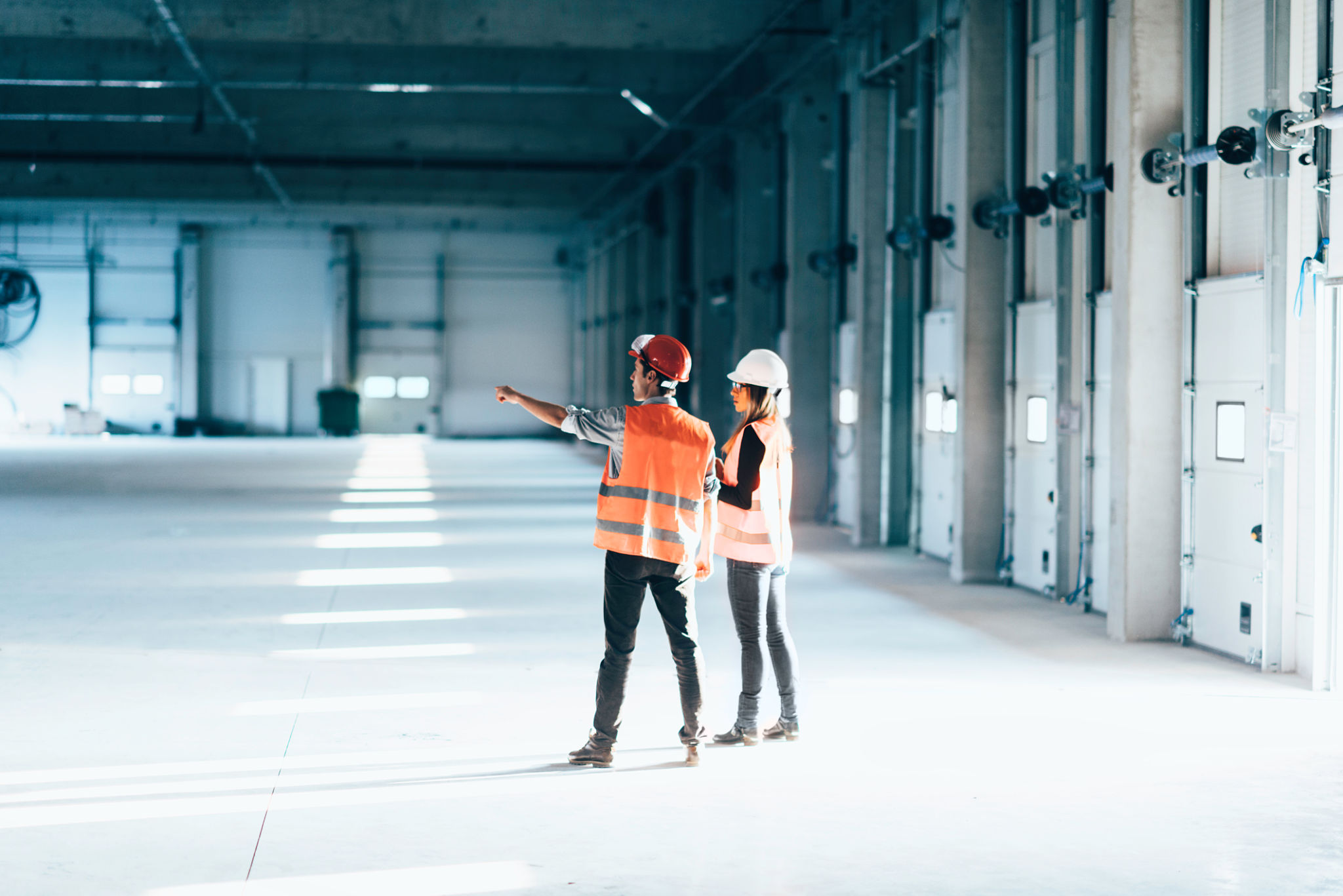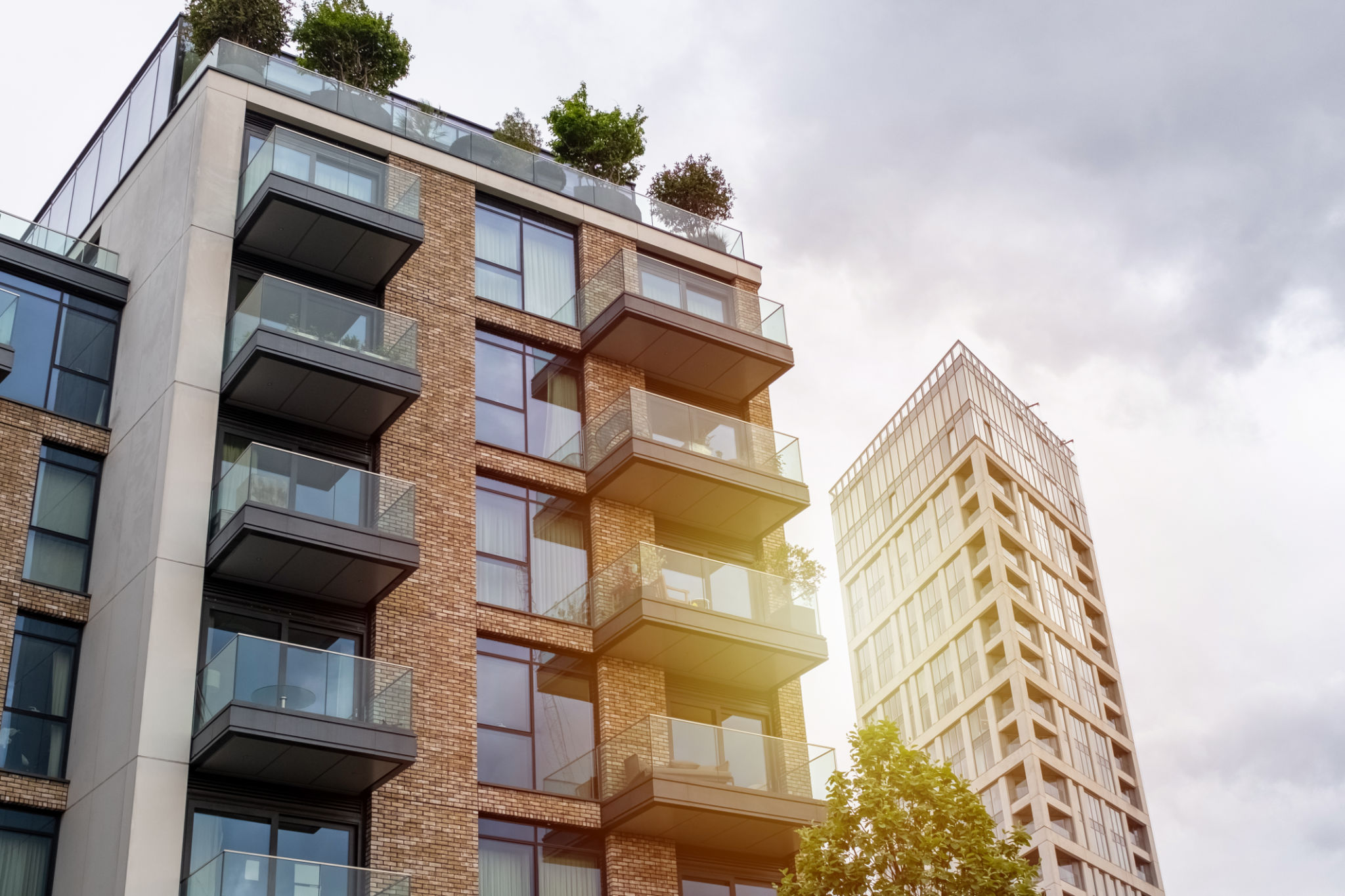Transforming Commercial Spaces into Homes: A Guide for Property Investors
Understanding the Potential of Commercial Spaces
In recent years, the trend of transforming commercial spaces into residential homes has gained considerable momentum. This innovative approach not only revitalizes underutilized buildings but also addresses the growing demand for housing in urban areas. For property investors, this transformation offers a unique opportunity to capitalize on existing structures, often situated in prime locations.

Commercial spaces, such as old warehouses, factories, and office buildings, often boast large open areas, high ceilings, and unique architectural features. These characteristics can be creatively repurposed to create modern living spaces that are both functional and aesthetically pleasing. However, this transformation requires careful planning and a strategic approach to maximize return on investment.
Key Considerations for Successful Conversion
The process of converting a commercial space into a residential home involves several critical considerations. Understanding zoning laws is paramount. Investors must ensure that the intended residential use complies with local regulations and obtain necessary permits. Engaging with local planning authorities early in the process can help avoid costly delays.
Another important factor is the structural integrity of the building. Conducting a thorough assessment helps identify any necessary repairs or modifications to meet residential standards. This may include upgrading plumbing and electrical systems, improving insulation, and ensuring adequate natural light and ventilation.

Designing for Modern Living
Design plays a crucial role in transforming commercial spaces into inviting homes. The goal is to strike a balance between preserving the building's original character and incorporating modern amenities. Open-plan layouts are popular, making use of the expansive spaces common in commercial properties. Large windows and glass partitions can enhance natural light and create a sense of openness.
Attention to detail is key when selecting finishes and materials. Quality flooring, contemporary fixtures, and energy-efficient appliances can significantly enhance the appeal of the finished product. Additionally, incorporating sustainable design elements can attract environmentally conscious buyers and reduce long-term operating costs.

Navigating Financing and Market Demand
Financing a commercial-to-residential conversion project may differ from traditional real estate investments. It's crucial for investors to explore various financing options, including development loans or partnerships with real estate funds specializing in adaptive reuse projects. Engaging with financial advisors can provide insights into the best strategies for funding.
Understanding market demand is equally important. Conducting market research helps identify target demographics and tailor the design to meet their preferences. Proximity to amenities such as public transportation, schools, and shopping centers can significantly influence the attractiveness of the converted property.
Marketing Your Newly Transformed Space
Once the transformation is complete, effective marketing is essential to attract potential buyers or tenants. Highlighting unique features, such as historical architecture or energy-efficient upgrades, can set the property apart from conventional listings. Utilizing professional photography and virtual tours can showcase the space's potential to prospective clients.
Creating engaging marketing materials that emphasize both the lifestyle benefits and investment potential of the property can drive interest and expedite sales or leasing efforts. Leveraging digital platforms and social media can further extend reach and visibility in the competitive real estate market.
